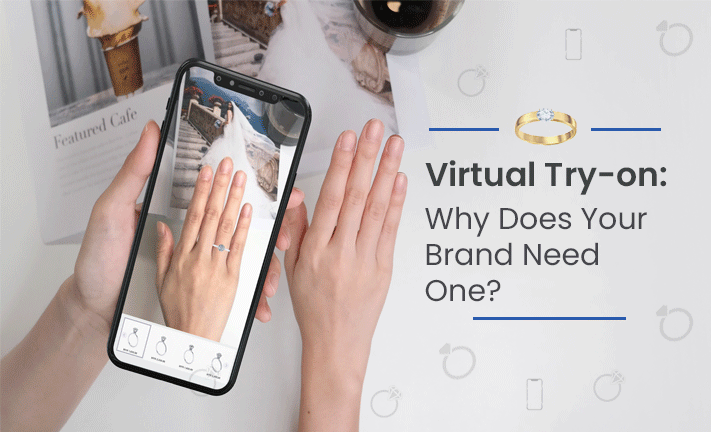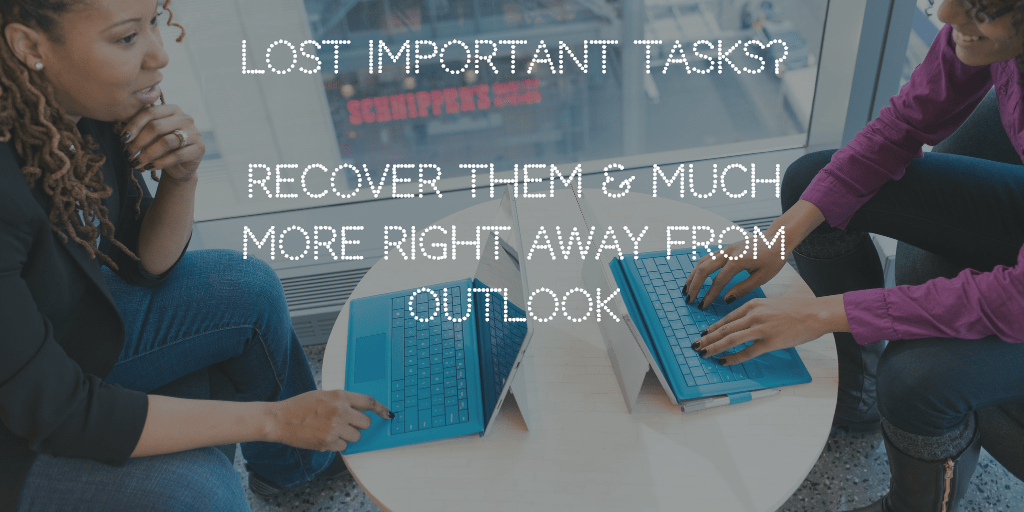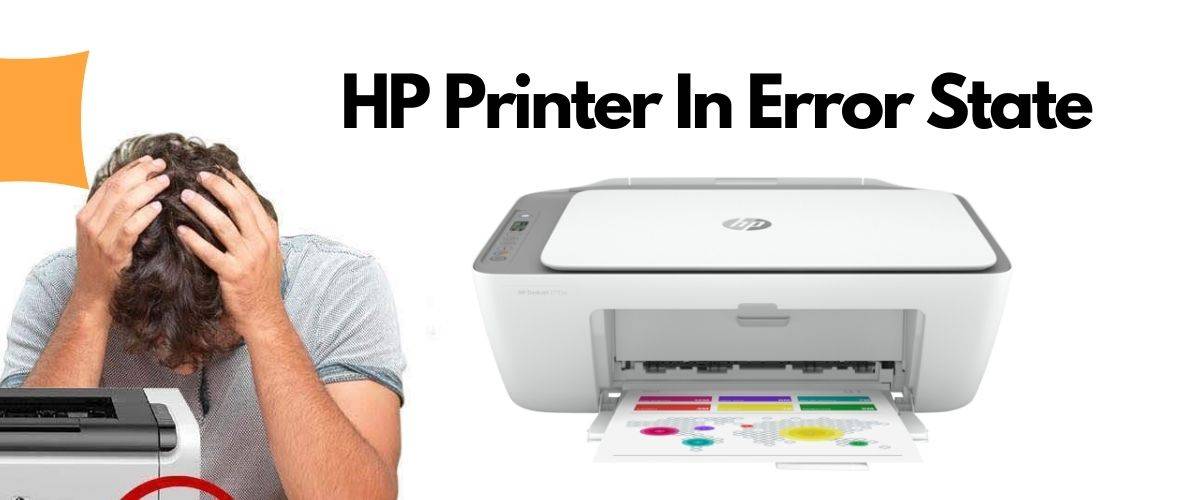The post covid-19 era has completely changed customers’ purchasing habits since more customers are willing to buy online instead of offline shopping. This has also changed the shopping experience, especially the fitting room experience.
Retail and even online shopping stores are now embracing Virtual Try-on Solutions to offer a better experience to customers. With the help of 3D Virtual Try-on Apps, customers can virtually try on their clothes, footwear, cosmetics, and other accessories.
Experts are saying that virtual try-on is the next future of online shopping. So what exactly is a virtual try-on? And should your brand also hop on this Trend? Read on to understand everything about virtual try-on.
What is a Virtual Try-On?
In simpler terms, virtual try-on means fitting before a virtual mirror to know whether a product (clothing, jewellery, makeup, glasses, or shoes) looks good on you or not before you buy them online. It’s basically a non-contact changing room. The main science behind this virtual try-on is a combination of artificial intelligence, computer vision, augmented reality (AR), virtual reality (VR), and recommendation algorithms.
Virtual try-on helps to create a replica of your facial and body structures through AI and allows you to see whether the product you wish to purchase will fit you. The AR industry is massive and is expected to reach $198 billion by 2025. This breakthrough in AR technology has completely changed the mindsets of e-retailers as well as customers. Studies have shown that over 60% of customers wish to shop from an e-store with AR technologies available. And 35% of e-shoppers prefer augmented reality to shopping online.
How Does Virtual Try-On Work?
Today, there are two options for shoppers who wish to purchase a product from either online or offline stores: trying a virtual application at home or visiting physical stores. The main system behind this robust technology is AR and VR. With the help of AI, customers can personalize their online shopping experience. Many apps allow users to take or upload photographs or videos and then the technology uses facial recognition algorithms to recognise your very own body and facial structures and replicate and apply an overlay of selected products on those replicas. It’s just like using Instagram or Snapchat filters. Customers can also select colors and styles with just a tap.
Mostly cosmetic brands and eyewear brands prefer to use virtual try-on but many clothing and accessory brands also have opted for this technology. 3D Virtual Try-on Apps can also collect customers’ virtual preferences for future purchases and also their data regarding their buying habits.
Benefits of Virtual Try-On Solutions:
-
Reduce Returns
With the advent of e-commerce, retailers have seen more product returns than ever before. Returns can cost a lot and are not profitable for any online retailer. But with the help of the virtual try-on, customers can picture themselves in their preferred products, and returns can be minimized. Study shows that brands offering virtual try-ons have seen a 64% drop in returns.
-
Boost Online Sales:
Today online platforms have become the first choice for many shoppers. With virtual try-on, brands have seen a study increase in their online sales. Almost 61% of online buyers prefer those brands that offer Virtual Try-on.
Virtual try-on also helps to increase engagement rates. Since 2020, online stores have seen a 20% rise in engagement rates and a 90% increase in conversion rates.
-
Offer Better Customer Experience:
For any shopping experience, a fitting room is a must. Without it, shoppers cannot build an intimate connection and an ultimate desire to purchase a product. Virtual try-on can offer a better customer experience through AI technology where customers can put on their favorite products via a virtual mirror. With virtual try-on, they can also personalize and explore their choices.
-
Increase Engagement:
Online engagement can offer better interaction with the brand and can help to build brand loyalty. Many Virtual Try-on Solutions come with social media integration, which means buyers can not only see themselves in their preferred items of clothing and other accessories but can also share their looks with their friends and families.
-
No-contact Fitting Rooms:
Even though things have gone to normal, the COVID-19 situation has reshaped the entire offline shopping experience. Many people still feel uneasy using a fitting room in offline stores. That’s why many big brands are shifting toward Virtual try-on since it offers contact-free fitting rooms at your home.
Why Does Your Brand Need One?
There’s no doubt that virtual try-ons and now transforming online and offline shopping. However, the question remains whether you should embrace this technology for your brand or not. Virtual try-on can definitely bring success if only you know how to use it to solve real problems. The questions you should ask are what are the problems you want to solve? And does virtual try-on fit in with your business goals?
If you use the technology without a proper strategy, it may backfire, so it’s better to create a proper strategy and make sure that strategy involves a virtual try-on. Virtual try-on can indeed benefit a brand that promises more customer experience. That’s why big cosmetic brands like Sephora and MAC, big eyewear brands like Ray-Ban, and even footwear brands like Nike have now chosen Virtual Try-on for their online stores.
Here are some of the Notable case studies:
- MAC
- Nike
- Dior
- Ray-Ban
- L’oreal Paris
Final Thoughts:
The robust technology of Virtual try-ons has a huge potential to build a brand. With it, customers can get a better brand experience by allowing them to personalize their shopping. It offers a contact-free fitting room where customers can try on their clothes, footwear, eyewear, cosmetics and other accessories without waiting in a long line before changing rooms. Virtual try-on has also helped increase online sales and engagement while reducing product returns. As more companies are turning to AR and VR nowadays, it’s important to know how to utilise them to unlock their full potential properly. Hopefully, this article will help you to know more about Virtual try-on and whether you should use it or not.




